Around the time I became a teenager, in the late 1970s, one poster among a tapestry of car-related pictures dominated my bedroom wall. It showed the 1979 Ferrari range, from the ‘entry’ 308 GT4 through the 308 GTB, 308 GTS and 512 BB to the 400i GT. Below each image were the vital statistics, and to this day I can remember every number – which either shows the prescience of Ferrari’s marketers, grasping that callow youths might actually go out and live their dream 40 years on, or simply that they could hook in yet more fledgling ambassadors to the brand.
Well, four decades later, I’m still Ferrariless, and while I would never call myself an ‘ambassador’ for Maranello, I do still harbour a soft spot for the models I grew up with – and perhaps you do, too.
Which got me thinking. Set to one side the mystique around Ferrari and others of its ilk and you had a range of cars that was, in theory, the pinnacle of automotive performance and dynamics at that time. But it’s also true that, as we near a time of mandated electrification for new cars, current internal-combustion-engined cars of all types are at their absolute zenith, too. Their rate of development has been furious over the past 30 to 40 years, but because it has been incremental, we sometimes lose sight of the sheer enormity of what car makers have achieved.
So, to prove the point, I’m taking my teenage fantasy (well, a slightly younger version, in the form of the 328 GTB, launched in 1985) and pitting it against a family saloon. Okay, I’ll qualify that: the Alfa Romeo Giulia you see on these pages is hardly a cooking commuter car, but neither is it a rip-snorting Quadrifoglio. It has a turbocharged 2.0-litre petrol engine delivering drive to its rear axle and happily returns 30mpg-plus without breaking a sweat. It can also accommodate five people and their luggage with ease and deliver them to a destination 500 miles away in air-conditioned comfort in one fell swoop. Oh yes, and it costs just a smidgen over £40,000. Not cheap, I grant you, but nowhere near supercar money.

In fact, cost is a good place to start. In 1987, a new 328 would have set you back £44,196, which equates to more than £127,000 in today’s money. Of course, that would have bought exclusivity in bucketloads, even in the affluent ’80s: Ferrari made just 7412 examples of the 328 between 1985 and 1989, and only 1344 of those were closed-top GTBs like the one you see here. Our car is even rarer for having the option of ABS. And, incredibly, this pristine 33-year-old arrives at Goodwood showing just 6700 miles on its clock – almost exactly the same as the nearly new Giulia that it’s now parked next to. In other words, as good an example of the model as you could imagine.

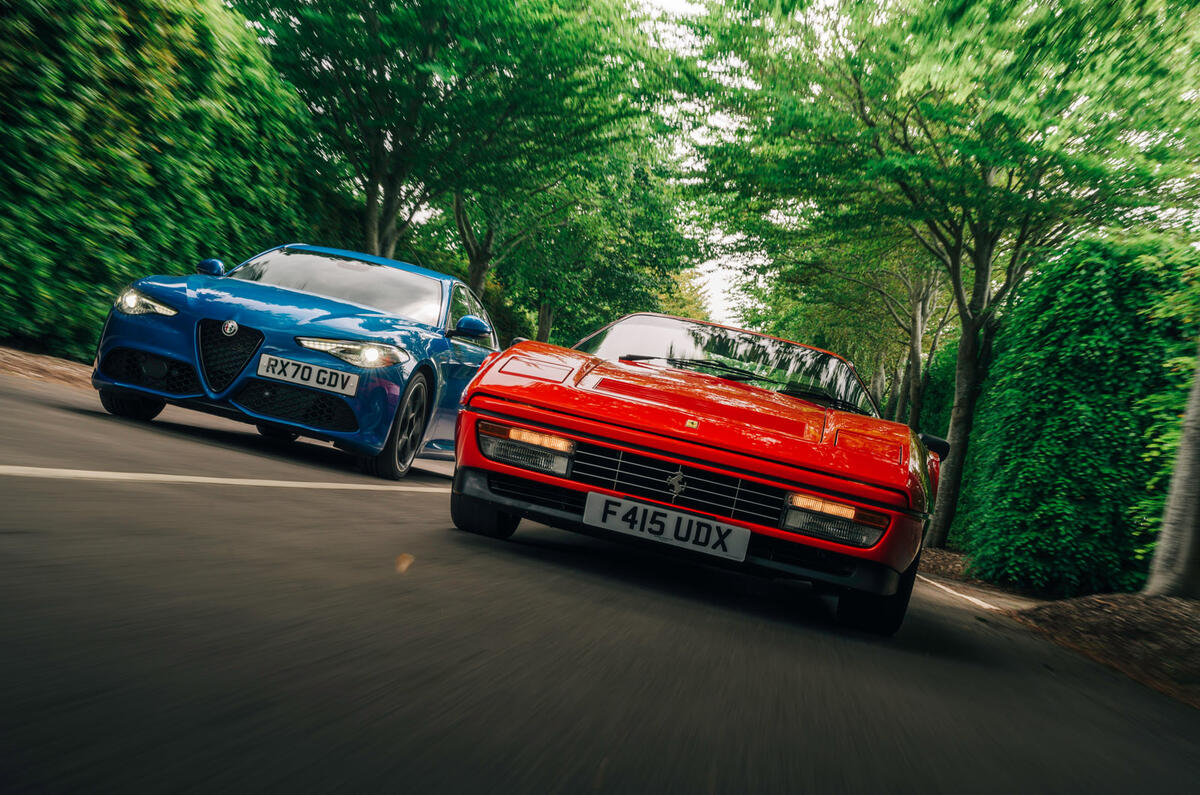
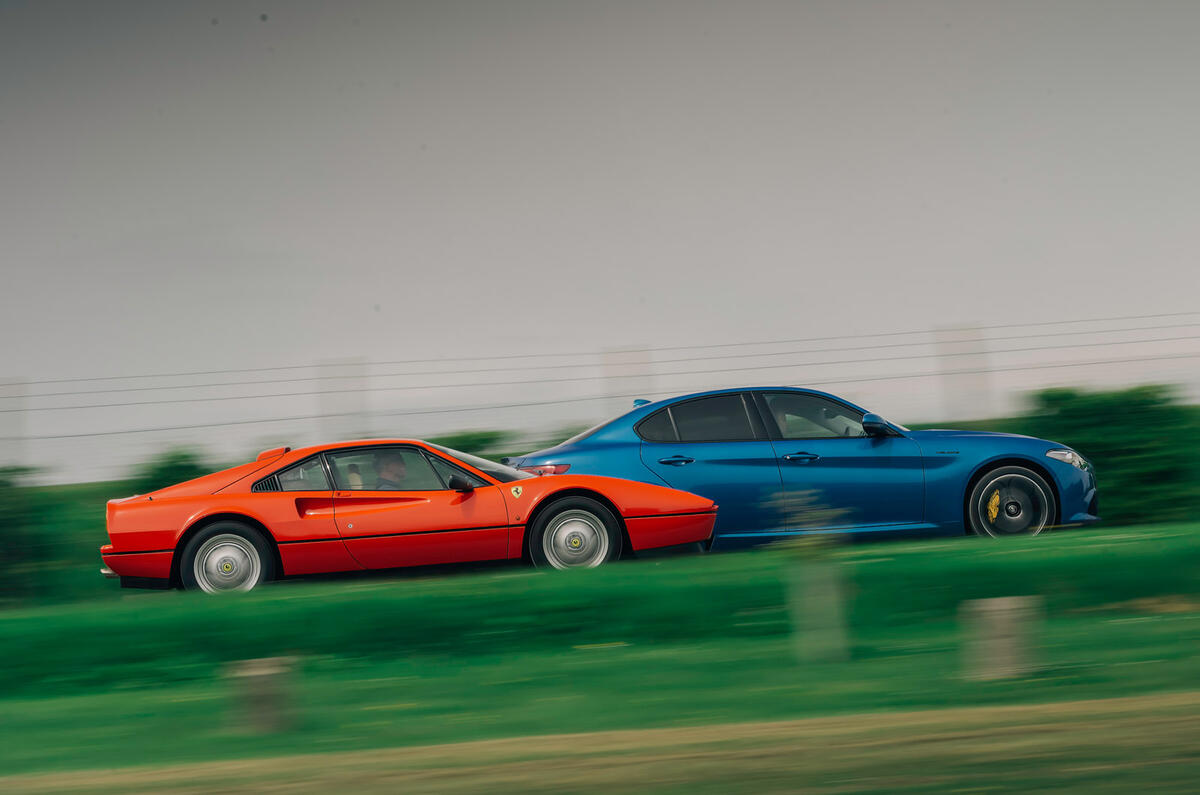
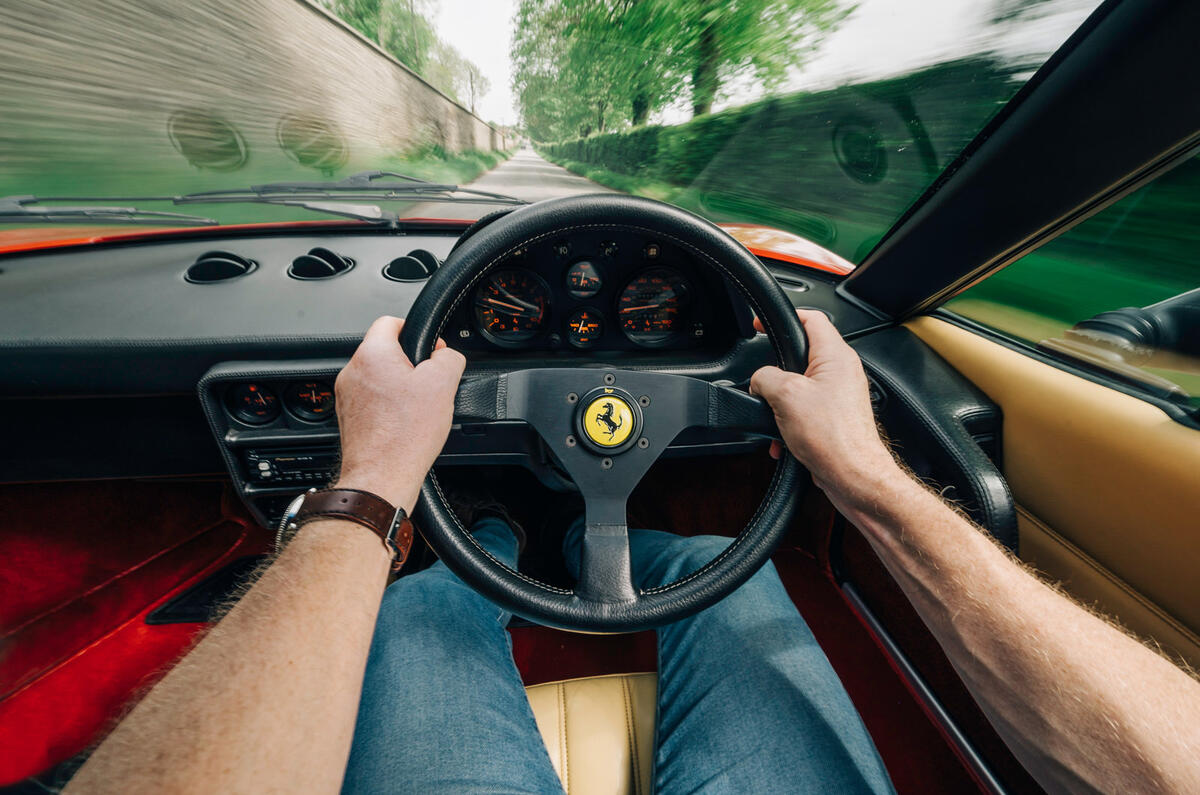
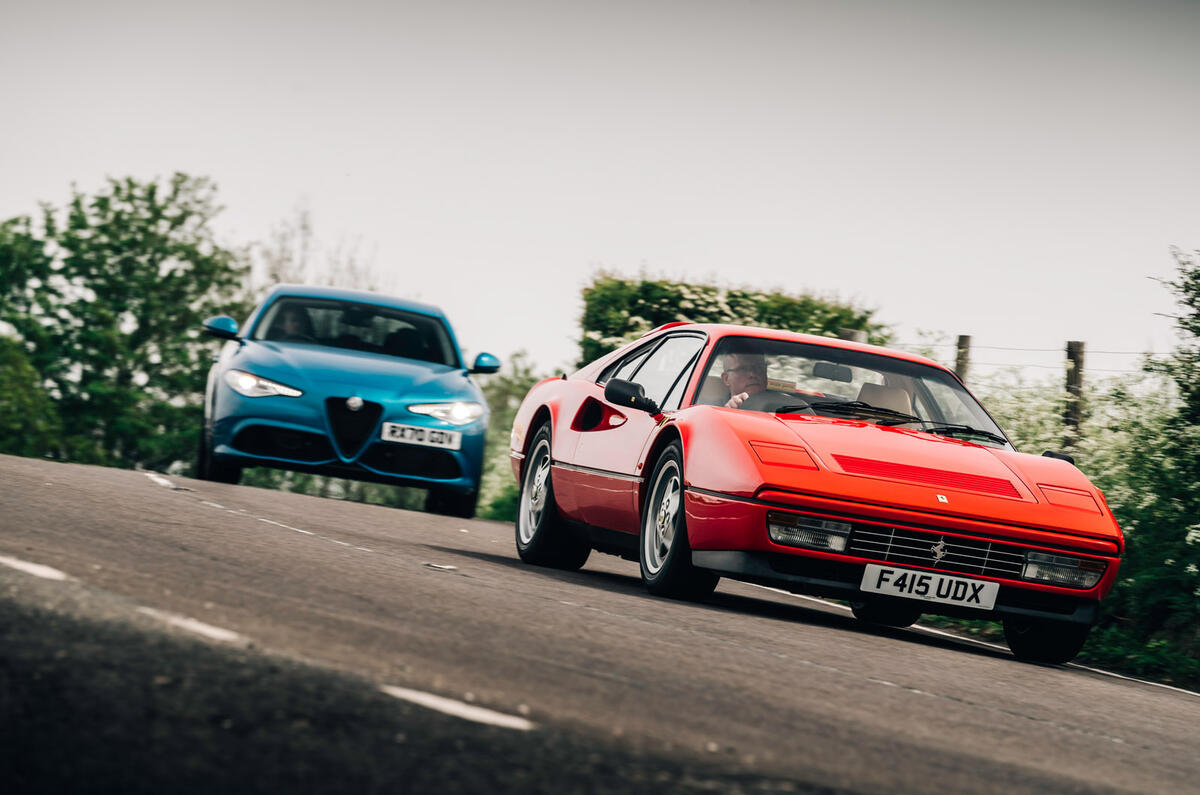
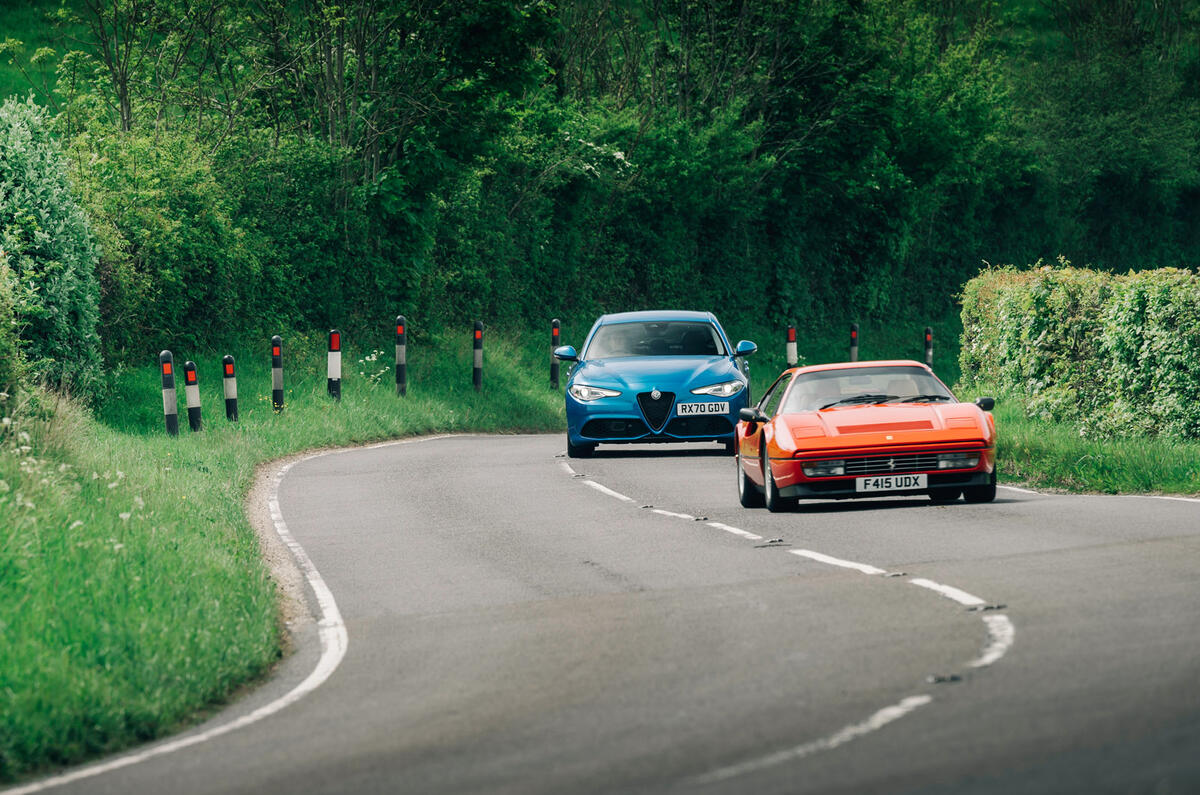
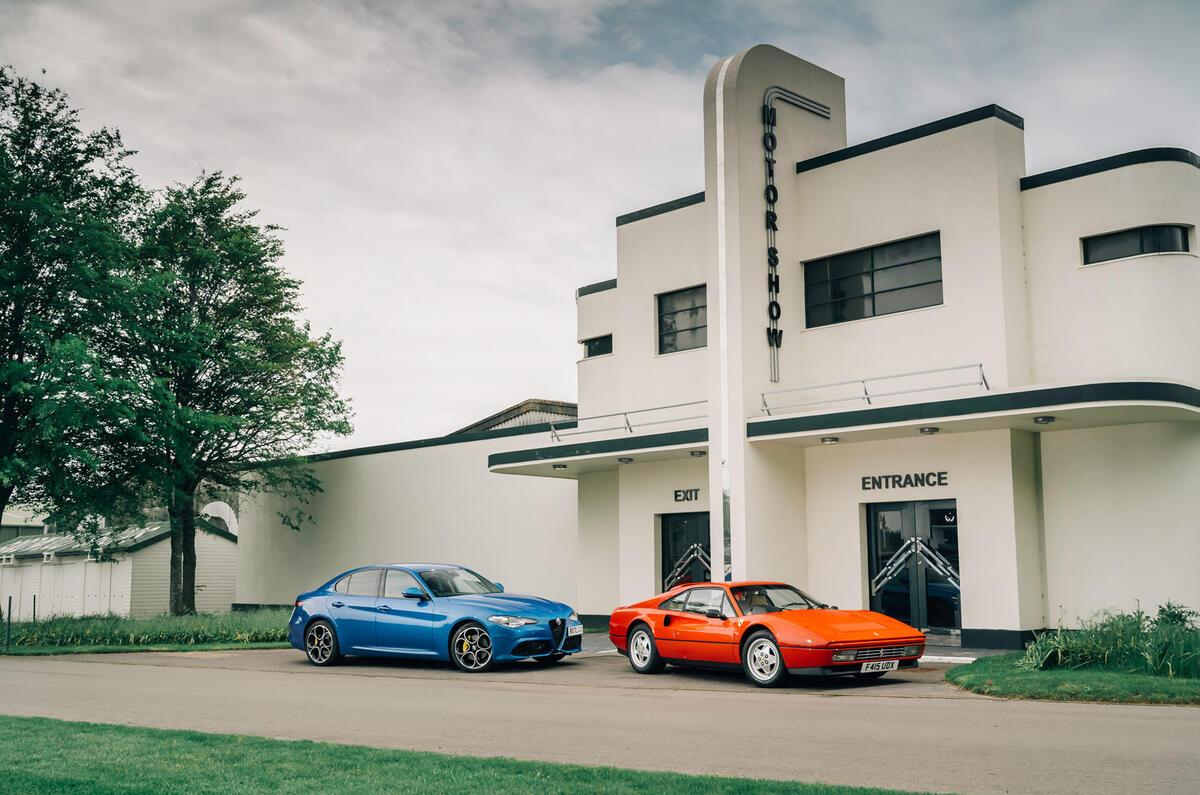
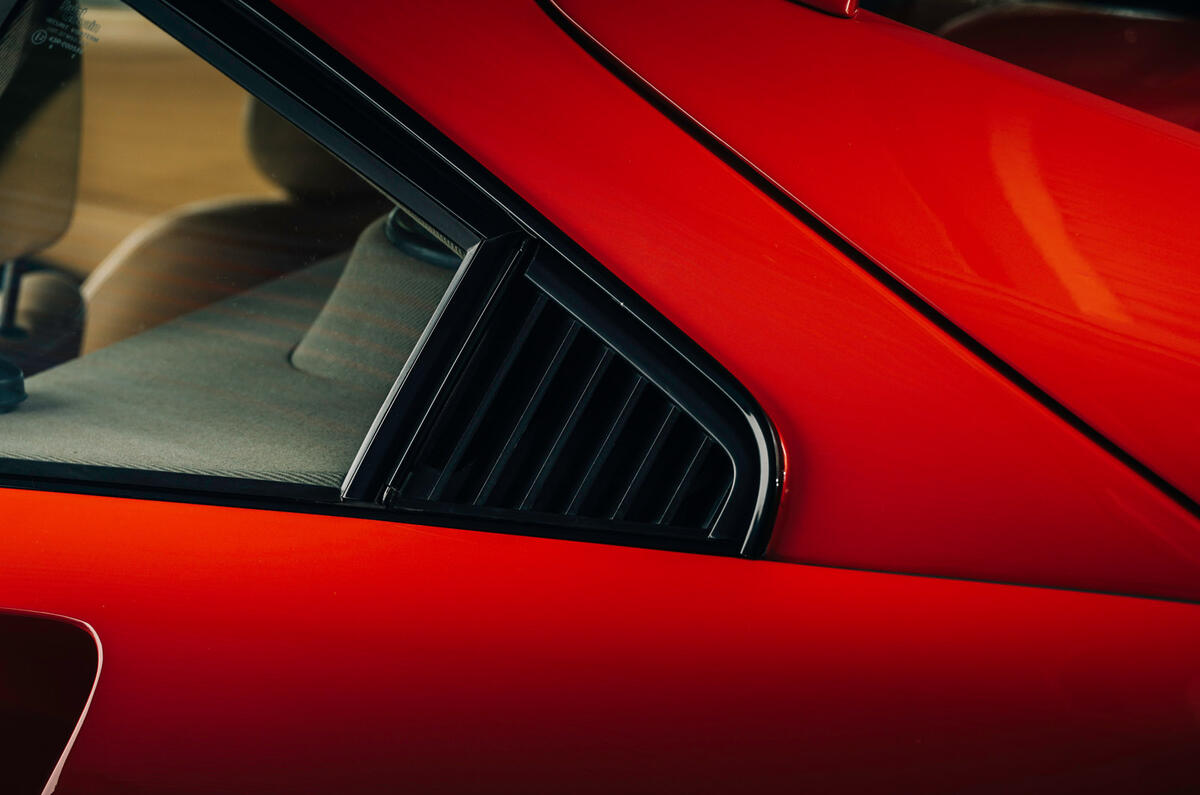
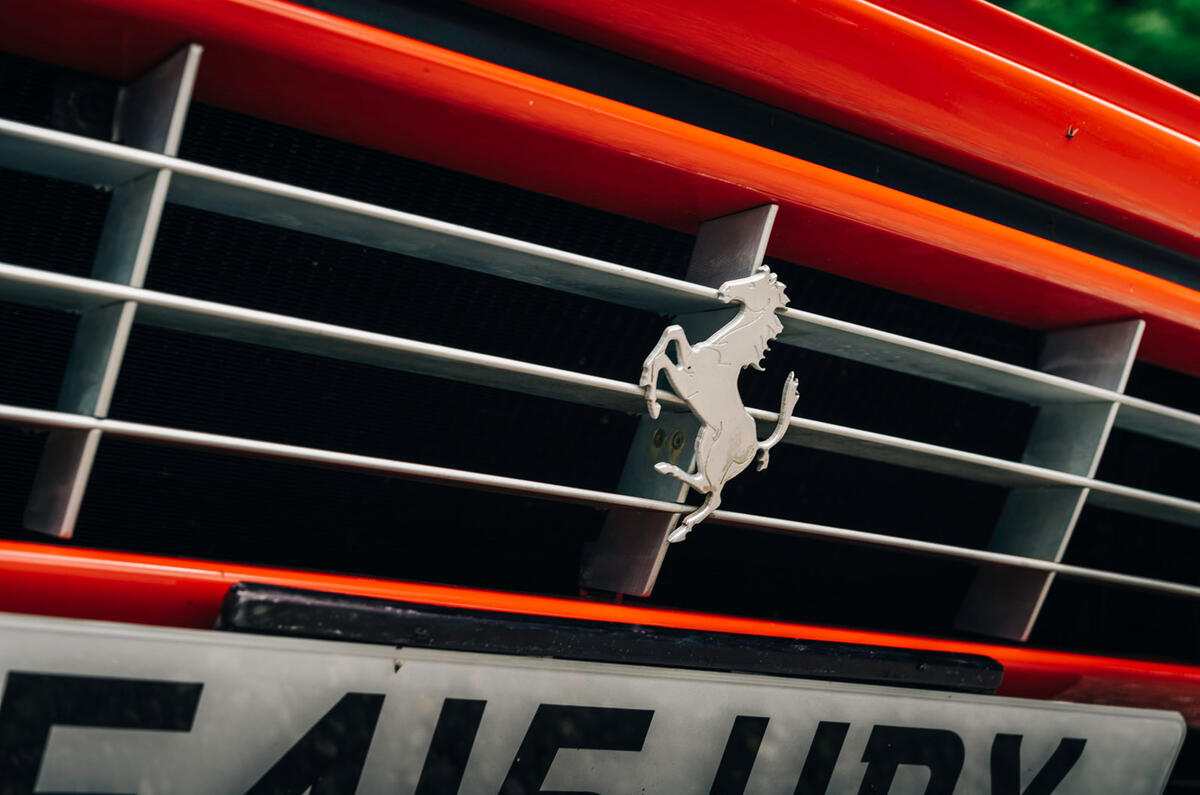
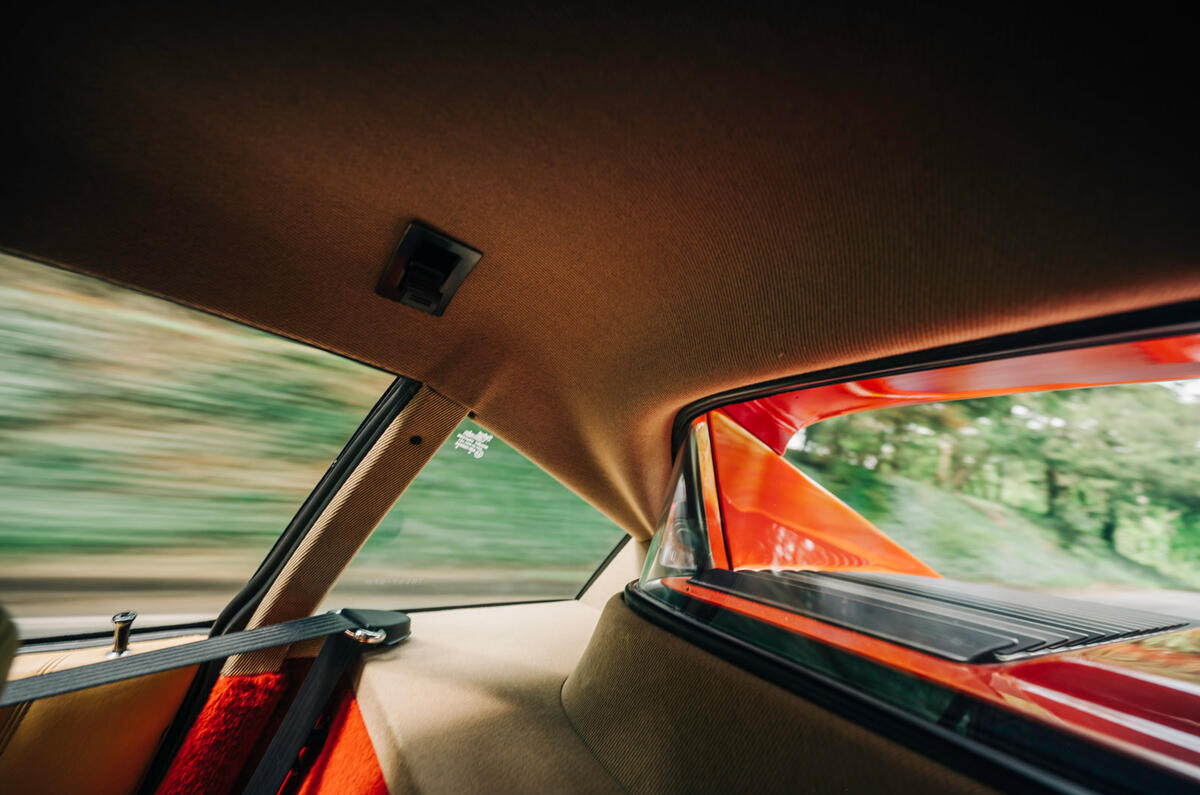
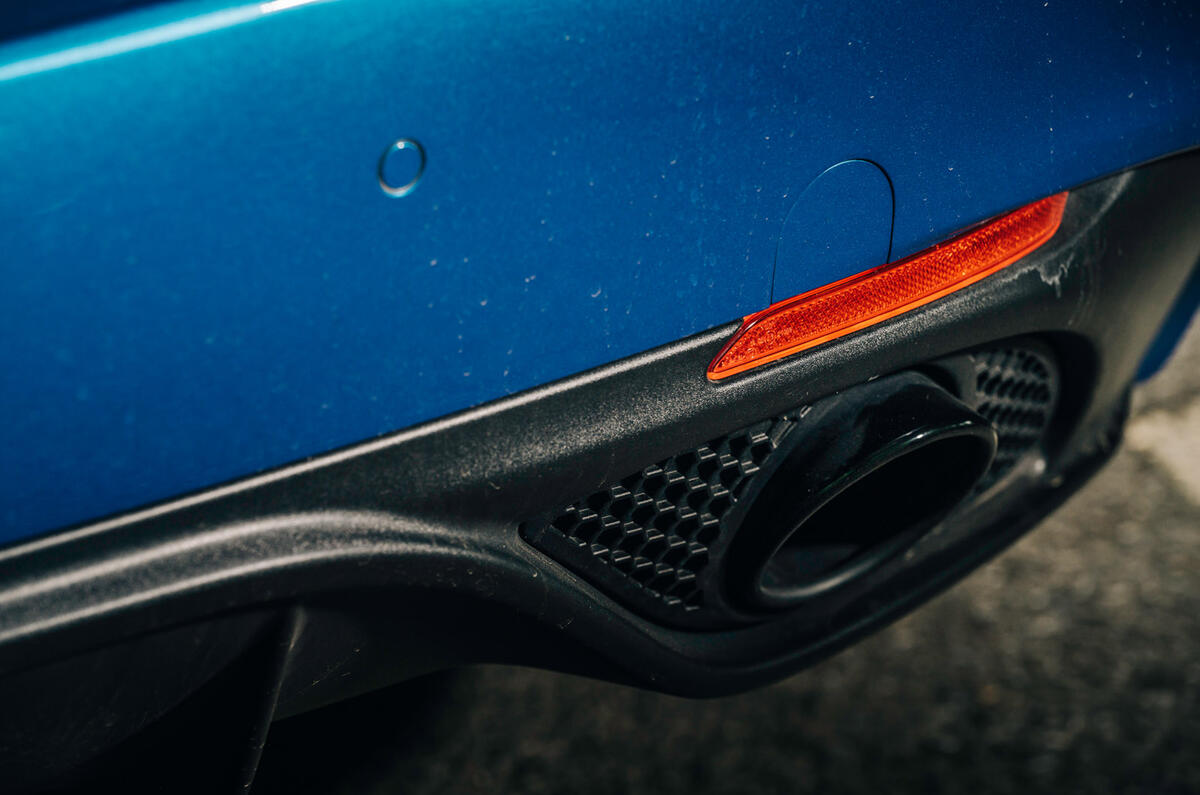







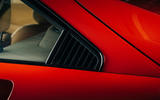
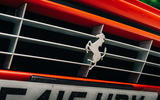

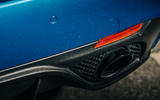


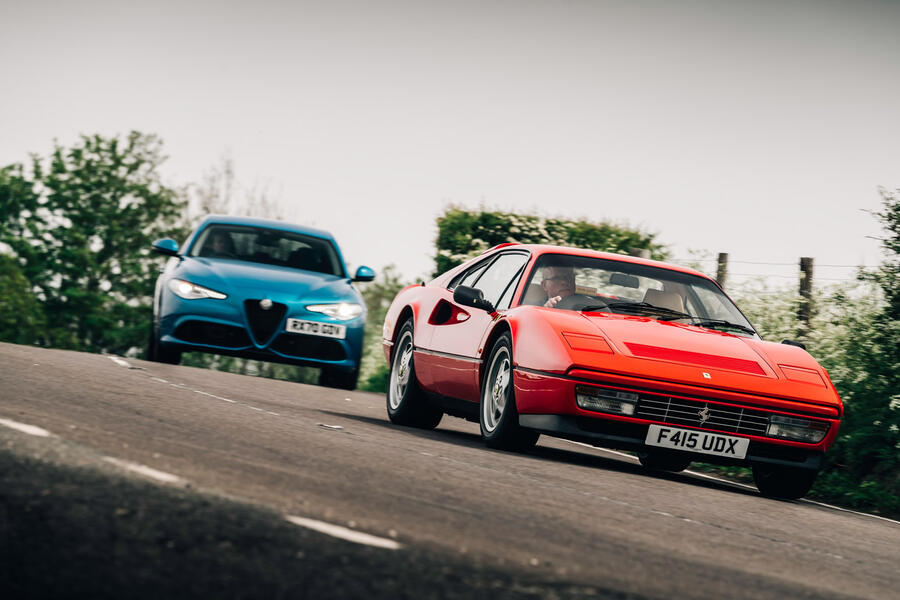


Join the debate
Add your comment
"The common denominator of these cars: Dubious reliability. It took me three comments to finally write it right. My spelling reliability is dubious, too."
common ingonarance of this commentator. I really dont know how reliable Alfa should be that it would be enough for you. When Giulia is more reliable than any its German competitors.